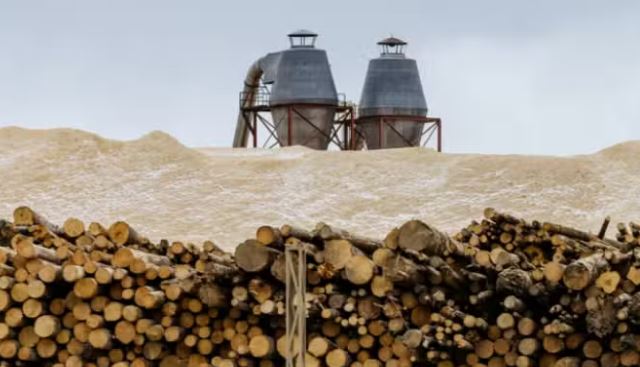
Japan is the fastest-growing import market in the world for wood
pellets, driven by the government¡¯s policy initiatives to
mitigate pollution from coal and supported by a long-term
feed-in-tariff (FIT) for biomass energy. The country aims to
reduce greenhouse gas emissions to zero to make Japan a
carbon-neutral, decarbonized society by 2050 and aims to reduce
its greenhouse gas emissions by 46 per cent by 2030. Canadian
wood pellets are part of the solution for Japan.
Canada is well-positioned to support Japan¡¯s climate goals. WPAC
recently conducted a Canada-Japan greenhouse gas (GHG) study,
which examined GHG emissions for BC wood pellets versus coal use
in Japan. The study found that wood pellets fired in Japan
produced only 8.37 per cent of the GHG emissions produced by
coal (more than a 91-per-cent reduction).
Canadian wood pellet growth in Japan
Over the past decade, Canadian pellet exports to Japan grew
27-fold from 2014 (62,000 tonnes) to 2023 (1.70 million tonnes).
Thirty percent of Canadian wood pellet exports to Japan come
from Alberta (the other 70 percent from British Columbia). In
2023, approximately 550,000 tonnes of wood pellets worth $107
million to Japan were exported to Japan, accounting for a third
of the value of Alberta¡¯s forest products exports to Japan.
In 2023, more than five per cent of Japan¡¯s electricity was
generated from renewable biomass (in approximately 240 biomass
power plants). Biomass¡¯ share of the electricity mix is now
approaching that of nuclear, which is barely ahead at seven per
cent.
Japan is presently consuming 6.1 million tonnes of wood
pellets annually. For the 12 months ending October 31, 2024,
Vietnam had the largest market share at 50 per cent, providing
three million tonnes. Canada and the United States were tied for
second, each with a 20-per-cent marketshare. Both countries
provided 2.3 million tonnes to Japan. Japanese wood pellet
consumption is projected to grow by another 30 per cent by 2030,
presenting even more opportunities for Canadian wood pellet
exports.
Source:
canadianbiomassmagazine